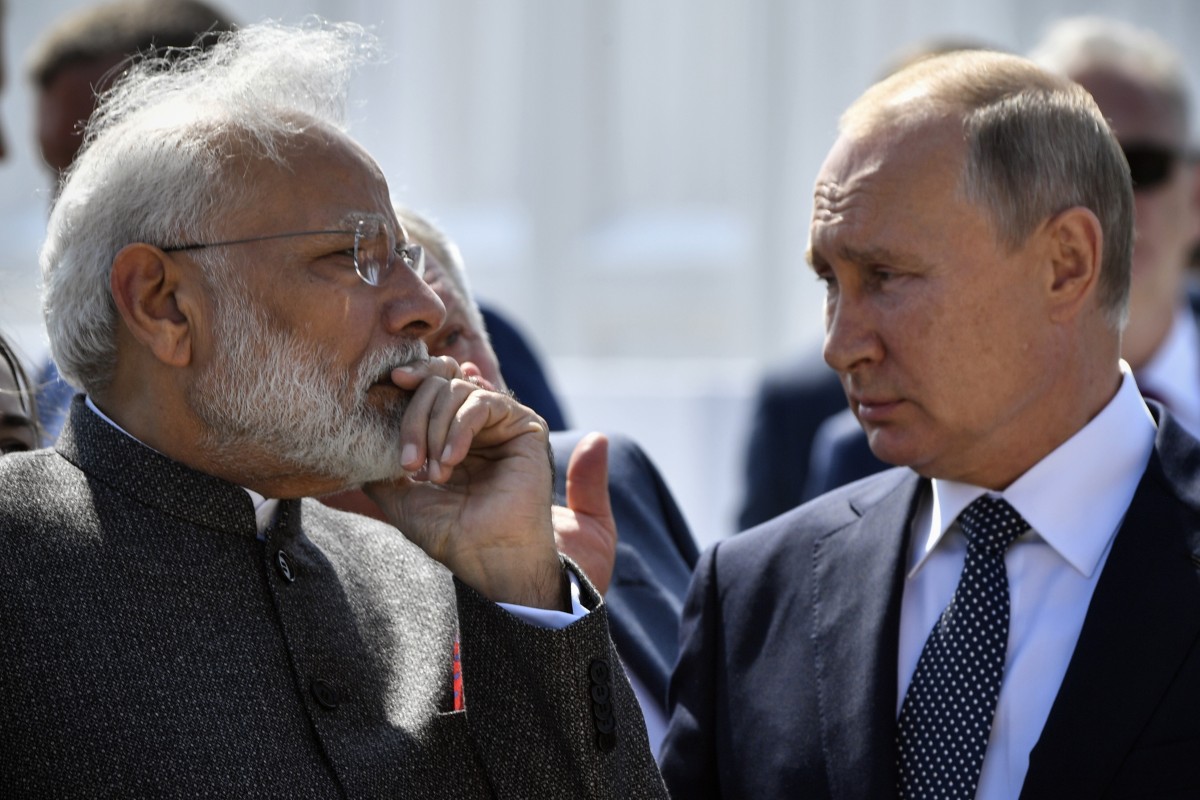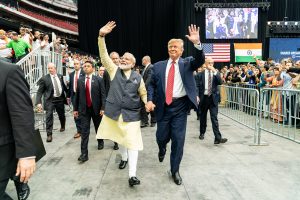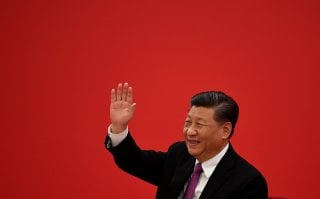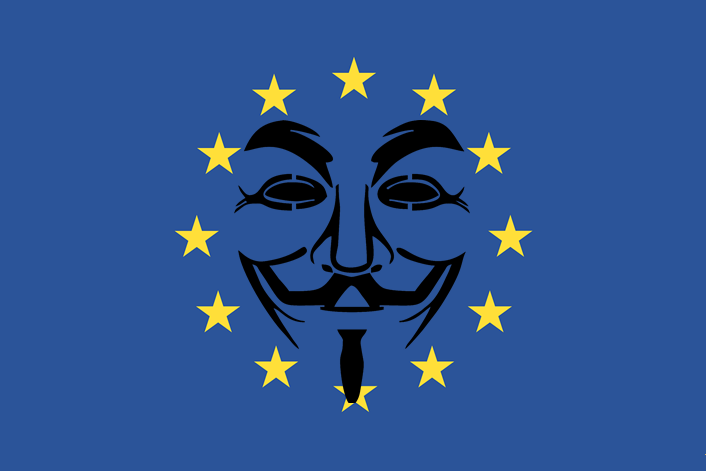 Indian Prime Minister Narendra Modi and Russian President Vladimir Putin chat while visiting a shipyard outside the far-eastern Russian port of Vladivostok on September 4, 2019. Photo: AP
Indian Prime Minister Narendra Modi and Russian President Vladimir Putin chat while visiting a shipyard outside the far-eastern Russian port of Vladivostok on September 4, 2019. Photo: AP
India has a difficult foreign policy problem on its hands. While New Delhi would like a balance against Beijing in the wake of recent tensions, it also prefers to remain non-aligned in China’s geopolitical rivalry with the United States in the Indo-Pacific. In a bid to solve that quandary, India has turned to an unlikely quarter: Russia.
In June, Indian Defence Minister Rajnath Singh used a trip to Moscow for a delayed Victory Day parade to urge Russia to expedite the delivery of defence equipment. Then, India’s ambassador to Russia floated the idea of Moscow participating in the Indo-Pacific initiative.
With the idea having gained currency among many strategic analysts in New Delhi, India mooted the possibility of Russian involvement in a trilateral engagement with Japan. But that’s just a start; India and Russia will have their annual summit in October and chances are that the Indo-Pacific will feature on that agenda.









/cloudfront-us-east-1.images.arcpublishing.com/mco/G262ANSACFD7HNTNAPOXIJNLO4.jpg)







